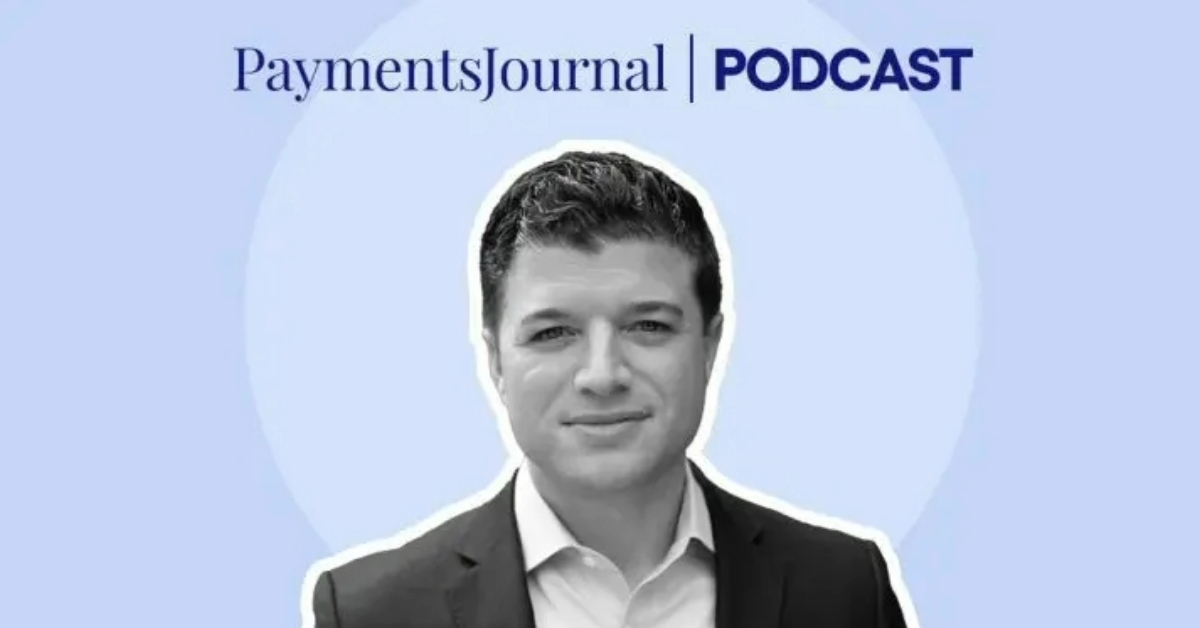
Cross-border commerce continues to grow at rapid rates, presenting leading brands with untapped opportunities to expand their addressable market by selling goods and services in new regions. Without the limitation of physical borders, businesses are eager to grow globally, capturing their slice of a cross-border pie, which currently accounts for roughly $900 billion in payments volume globally1.
However, global growth is easier said than done. Selling in new regions requires businesses to navigate complex regulatory nuances, understand how localized consumer preferences influence pricing, connect with payment entities and enable payment methods which are relevant in local markets, and manage risks of fluctuating currency. And doing these things is foundational to addressing the biggest pain point of cross-border commerce – high costs. Businesses that do not effectively optimize their global commerce models are often paying 4-6 percent in transaction costs to sell across borders, which can be as much as five times what the same business would pay to sell domestically. According to our internal estimates, these inefficiencies saddle merchants with $30-45 billion in costs each year.
Carat from Fiserv works with leading brands to optimize global commerce, leveraging our global scale and innovative technology stack to address inefficiencies in cross-border costs, while also delivering a secure and reliable buying experience that each brand’s customers trust. Whether the business sells physical goods or software subscriptions, and aspires to expand into 1 new market or 50, here are three strategies our team has found pivotal to global success.
To succeed globally, optimize locally
Understanding your local market is fundamental to optimizing global commerce, and critical to keeping the cost of acquiring a cross-border transaction from slicing into profit margins. Take, for example, a U.S. software company paying 5% in transactional costs when they accept a cross-border payment from a consumer in Thailand. Localized adjustments to the merchant’s operating model can optimize its cost structure, greatly reducing the cost of selling in the region. A few simple examples include:
- Registering the business with local tax authorities, where appropriate, will allow the business to operate as a locally-registered company, leading local government to reduce assessed fees.
- Enabling consumers to pay with local payment methods (LPMs), such as Girocard in Germany or RuPay in India, allows businesses to provide more payment choice to customers while also reducing costs by diverting volume away from credit. There are hundreds of LPMs available across the world, including more than 70 popular methods enabled by Carat.
- Connecting your payment model to alternate networks like UnionPay or EFTPOS in Australia, will reduce transactional costs in a similar manner to leveraging LPMs.
Structuring your businesses to sell efficiently across borders will help reduce costs in some markets by as much as 3-4 percent per transaction2.
Make currency your love language
When selling in a new region, enabling a localized checkout experience is important to driving customer loyalty. Turning on LPMs is one means of presenting a locally-relevant buying experience, but a business can pull additional currency levers to ensure customers, regardless of their location, love their checkout process.
For example, research shows that 92% of customers prefer to make purchases in their native currency, and 33% will abandon their shopping cart if the merchant does not list pricing in a familiar currency3. If a business is selling to a customer in Thailand, presenting the sale price in Thai Baht as opposed to U.S. dollars is an incremental improvement to the checkout experience because it offers familiarity and transparency to local buyers.
Cover FX risk
Combining our two previous strategies, leading brands are using currency solutions and optimization technology to cover a business’ FX risk when accepting foreign currency, while also creating a better customer experience and driving more revenue.
Sticking to our example of a U.S. software company selling software to a customer in Thailand, consider a purchased item priced to sell domestically at USD $39.99. The current exchange rate to Thai Baht is 1390.91, but presenting this price point creates a few issues. First, day-to-day changes in the global economy impact foreign exchange (FX) rates, which create a risk to merchants because currency values rise and fall as part of floating exchange rates, which fluctuate based on each country’s economy. This type of fluctuation can add as much as .5-1% to the cost of a transaction. Secondly, presenting a price of 1390.91 is not a familiar price point for customers, which adds friction before a sale is complete.
To address both issues, many businesses will build rules into their commerce engine to present the sale price of the software for 1499 Thai Baht, a price point that is more familiar for customers buying goods and services, and adds incremental margin in the sale to hedge against FX risk.
Leverage Carat to optimize commerce across borders
With capital costs continuing to rise, it is imperative businesses optimize cross-border payments if they plan to grow globally. By leveraging local payment schemes to reduce costs, understanding how to use currency solutions to your advantage, and properly managing FX risks, businesses can reduce its average cost of cross-border acceptance from 5% per transaction down near 1% and, in some instances, lower2. With margins protected, brands can aggressively move into new markets to capitalize on the rapid growth opportunities global commerce is presenting.
As the Global Commerce Platform from Fiserv, Carat is a global leader with expertise bringing brands into new markets, connecting them locally to relevant payment schemes, and enabling an operating model that minimizes international costs while maximizing customer experiences.
For more information, contact our experts today.
1Payments, Processors, & FinTech: If Software Is Eating the World…Payments Is Taking a Bite, January 2021, Credit Suisse
2Fiserv estimate; individual results may vary.
3Achieving Success with Cross-Border Payments, American Express




